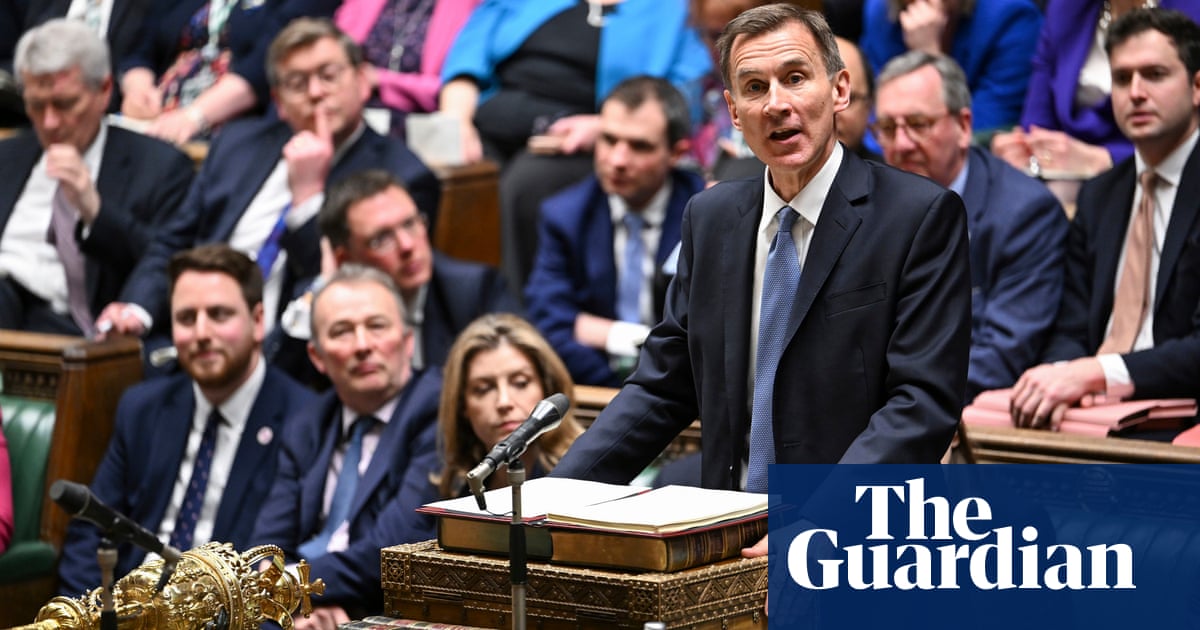
The top 0.1% of earners in the UK have annual incomes in excess of £500,000, according to a study by a leading thinktank that shows the effect of “unfair” tax rates available to business owners.
More than 50,000 people in the top income bracket account for 6% of all earnings – 60 times greater than their population share, said the Institute for Fiscal Studies in a report covering the 10 years to 2019. It showed that more than half of the top 1% richest adults lived in London and the south-east, while almost 60% were aged between 45-64, and as few as a fifth were women.
The report, Top Income Inequality and Tax Policy, shows that earnings from self-employment and business ownership were far more important for those at the top end compared with low and middle earners.
Suggesting that this has consequences for inequality because income from company ownership is taxed at a lower rate than earnings from work, the report argues that reforms could be launched to tackle unfairness in the tax system.
Alex Beer, welfare programme head at the Nuffield Foundation, which funded the research as part of the IFS Deaton review of inequalities, said: “The current design of the tax system, including the way in which different forms of income are taxed at different rates, is unfair and inefficient, penalising employees and distorting investment decisions, to the detriment of social wellbeing.”
According to the report, business income – from either self-employment or owning and running a company – accounts for 21% of total incomes for the top 1% of adults and 29% for the top 0.1%, compared with just 9% for the rest of the population at large.
It said business owner-managers could effectively choose to take income out of their company through the form of a salary, dividends, or capital gains – allowing them to benefit from lower rates of tax.
The report pointed to a preferential 10% rate of capital gains tax, called business asset disposal relief, while saying that company owner-managers were able to access tax rates of just 27% on income taken in the form of capital gains.
In comparison, the average tax rate on wage earners in the top 1% is 42%. The government sets the basic rate of income tax at 20% on earnings above the tax-free personal allowance of £12,571, up to £50,270, with a rate of 40% on income above £50,271, and 45% above £150,000.
Despite the lower rates open to business owners, the IFS said taxes on the highest-paid wage earners had increased since 2010. As a result, the share of overall after-tax income in the UK received by the highest earners had fallen from 14% in 2009-10 to 11% in 2018-19.
Illustrating the gulf between public and private sector pay at senior levels, the Taxpayers’ Alliance said in a report earlier this week that only 2,921 people employed by local authorities in 2020-21 received more than £100,000 in total remuneration and 739 received over £150,000, 46 more than the previous year.
According to the Institute for Government, just 1,560 of the 456,410 civil servants earned more than £100,000 in 2020. Across the whole civil service, the majority of staff (55%) were paid below £30,000.












